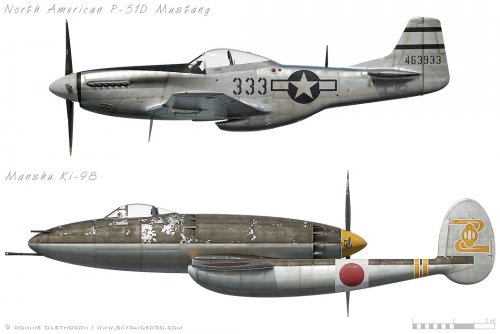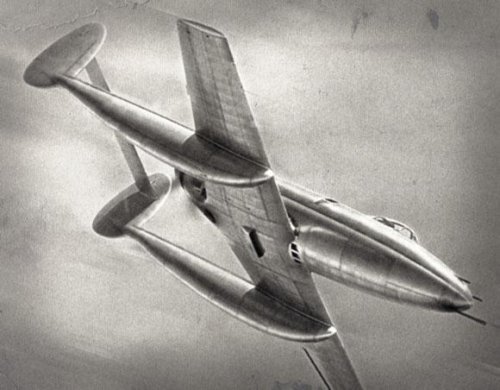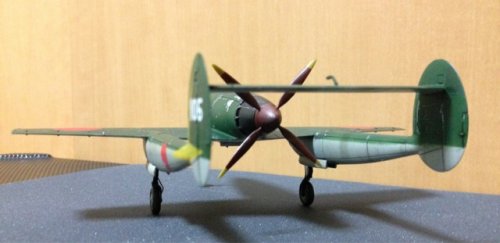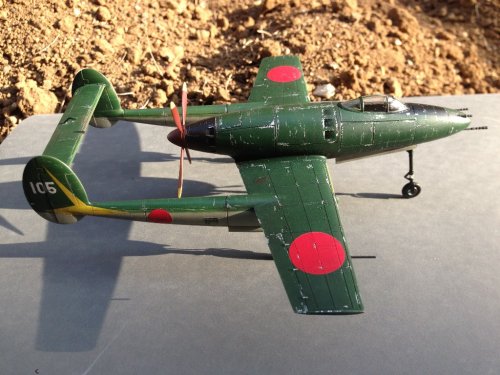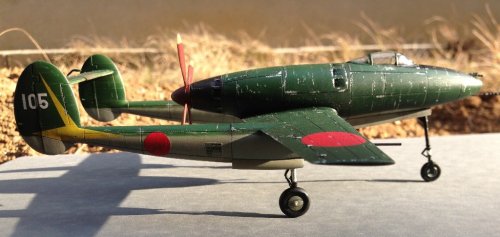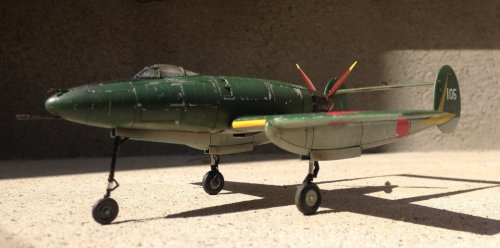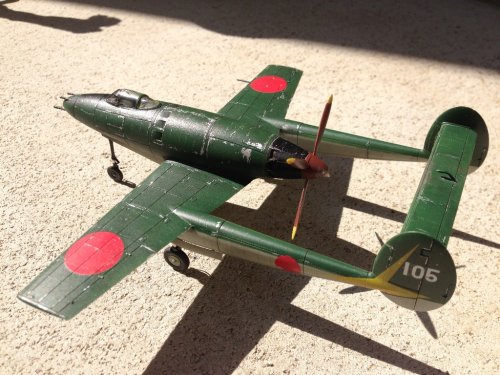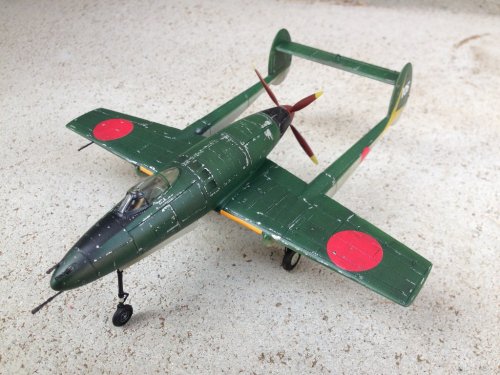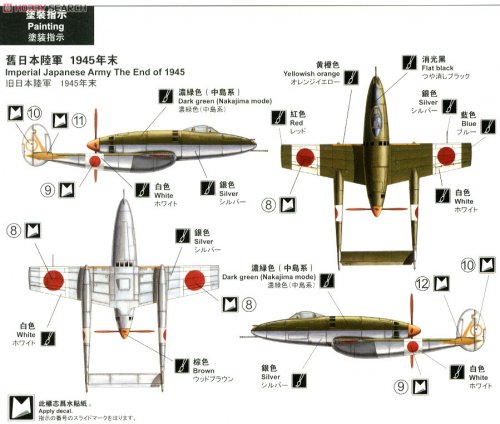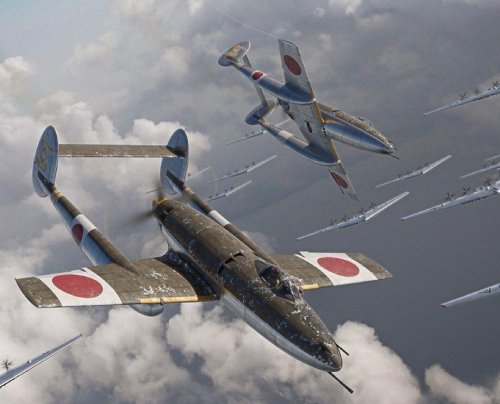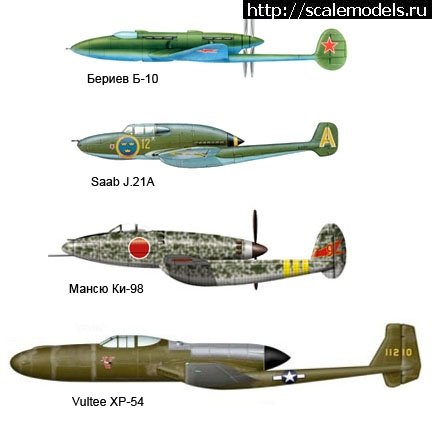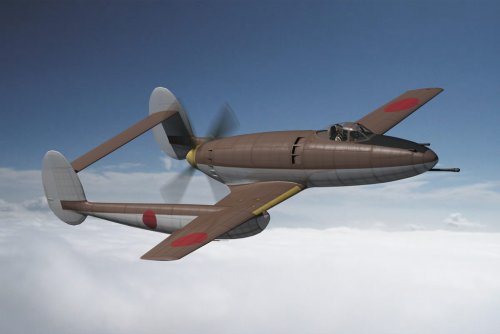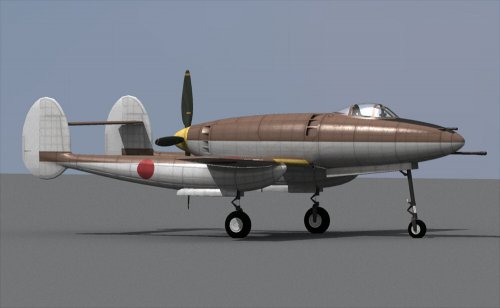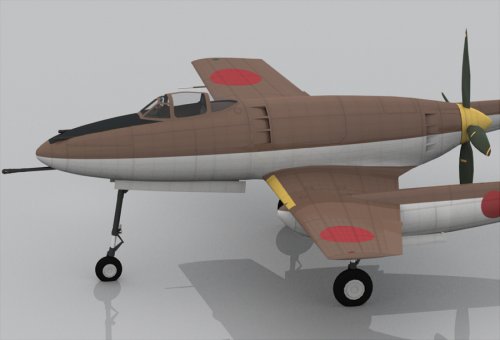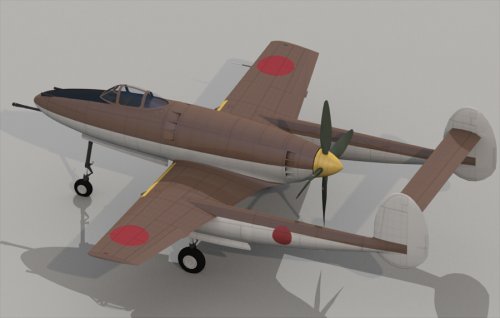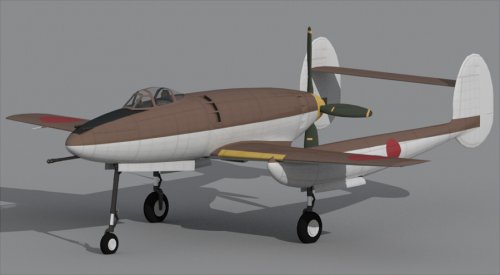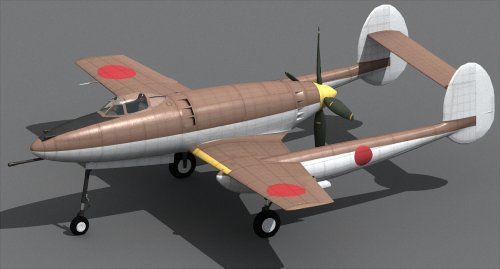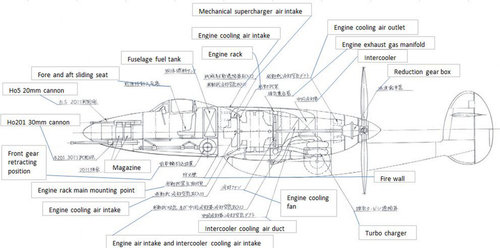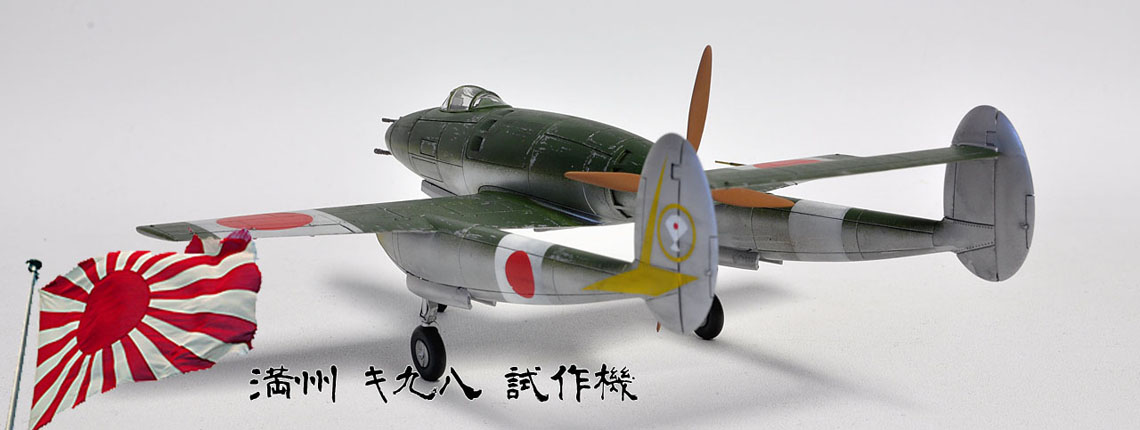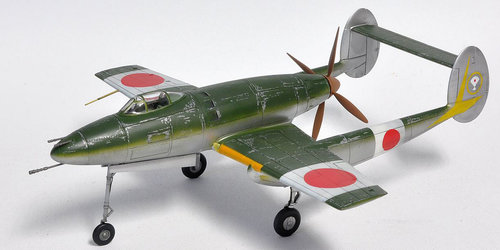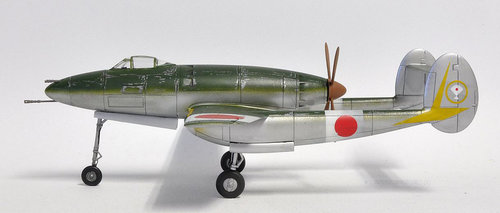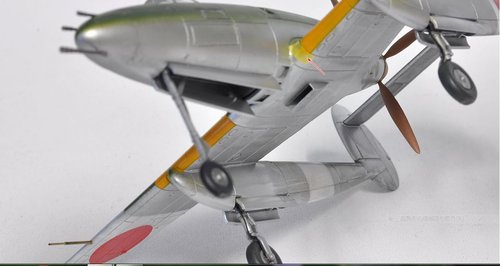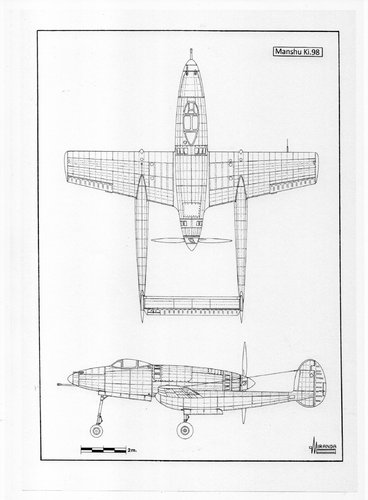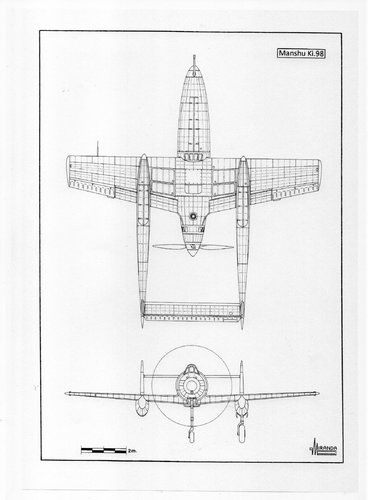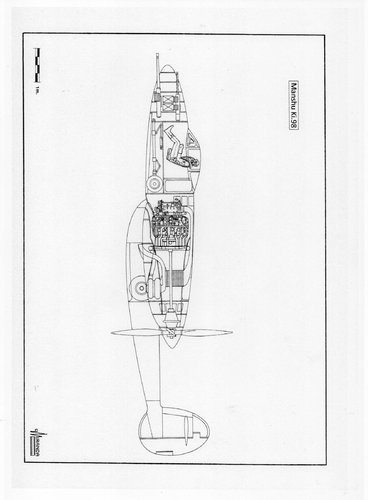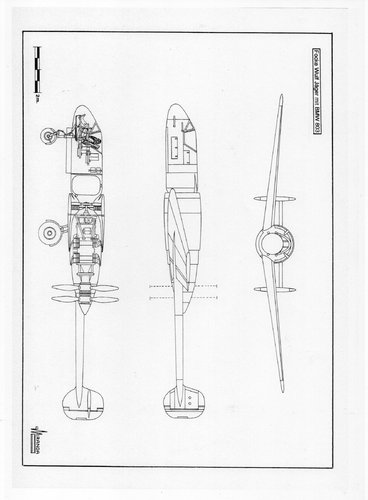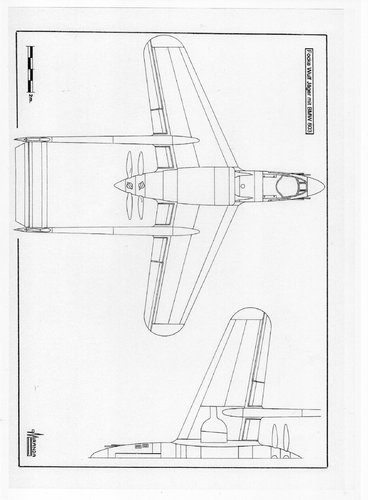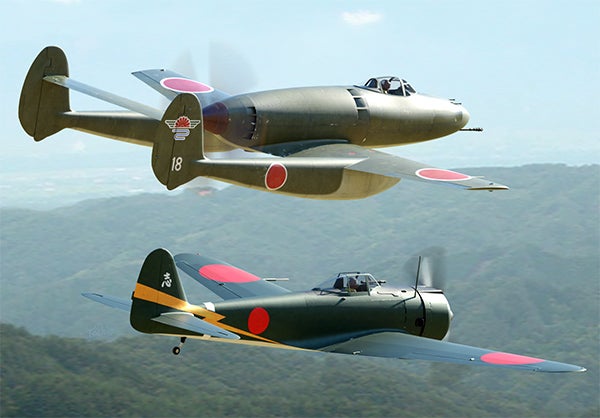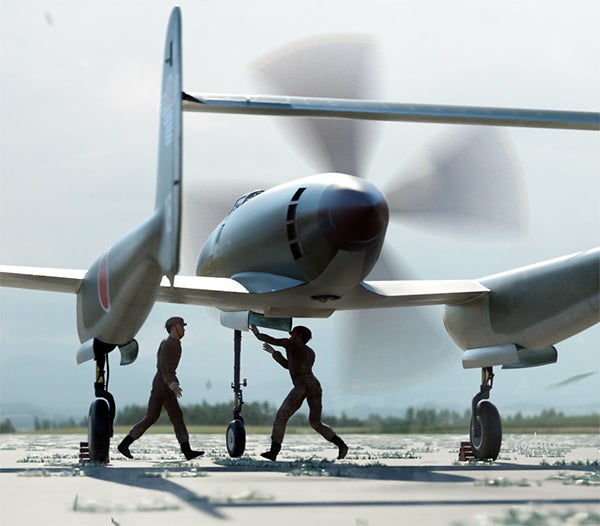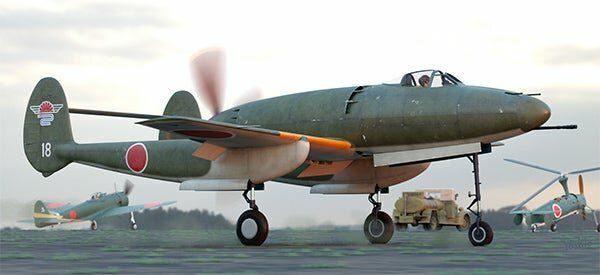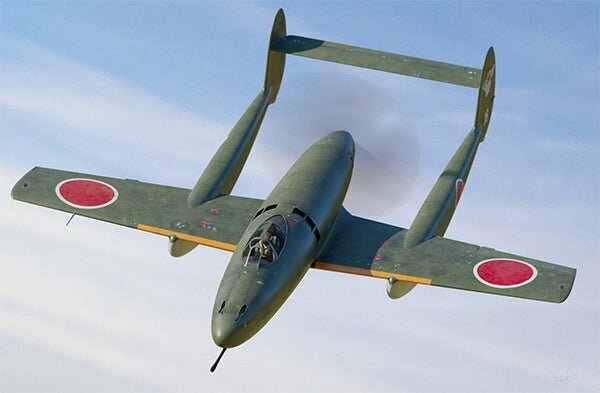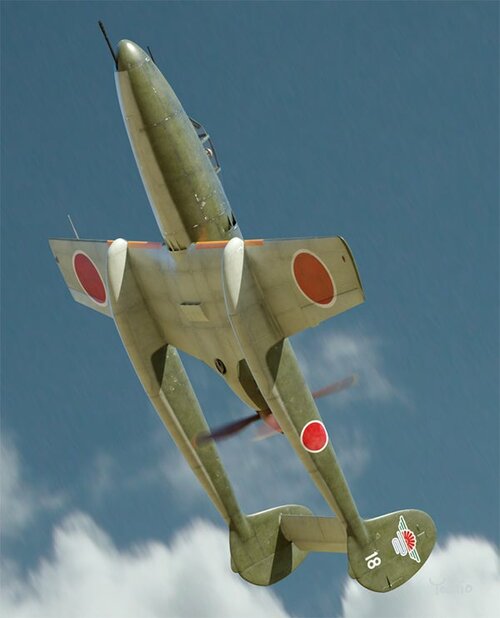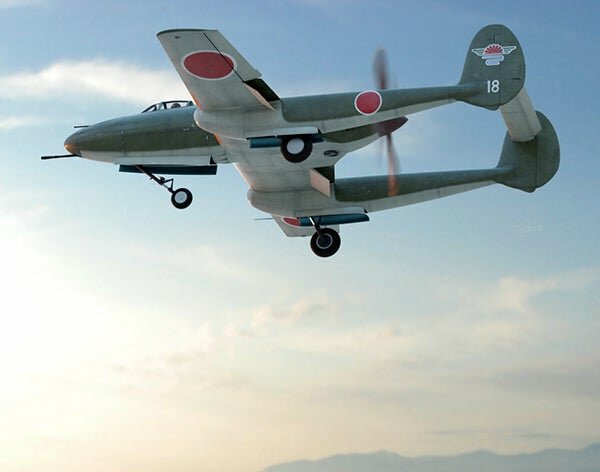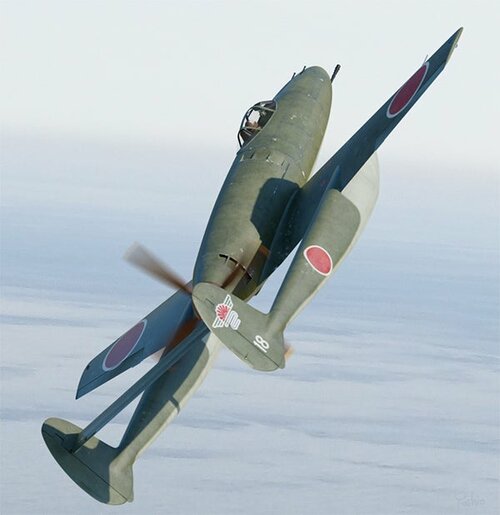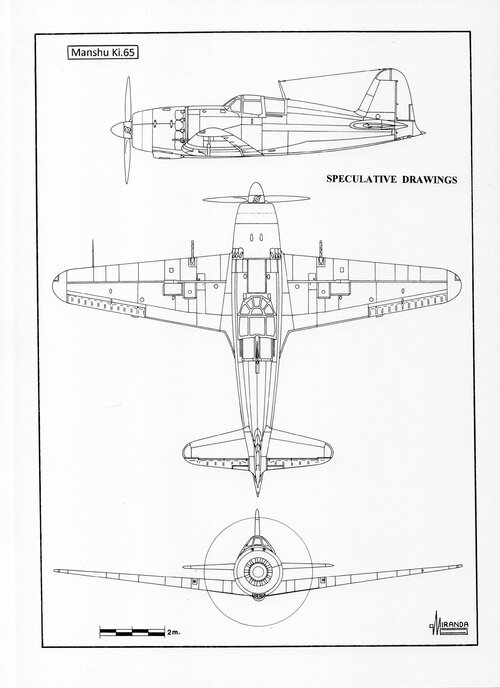blackkite
Don't laugh, don't cry, don't even curse, but.....
- Joined
- 31 May 2007
- Messages
- 8,286
- Reaction score
- 5,840
As Justo already posted, Manshu Hikouki(Manpi、満州飛行機) Ki-98 was finally planned to have turbo charger.
Turbo charger was located at after part of the fuselage bottom.
排気タービン過給器 : turbo charger, 中間冷却器 : inter cooler
http://digitalaviationart.com/skyraider3d/slice_and_dice_2.htm
In January 1943, after the cancellation of Ki-65 heavy fighter, the IJA ordered the Manshu aircraft to develop experimental pusher type Ki-98 fighter/attack aircraft which use HA-211 engine. The manshu aircraft began basic design from July 1943, the No.1 aircraft completion target was spring or early summer of 1945.
The first full scale mock up inspection by the IJA was held in December 1943 at Hoten(shenyang) factory of the Manshu aircraft, then Ki-98 was changed as the high altitude interceptor with turbo charger.
In 1944, partial wind tunnel test were finished, prototype fabrication began. In October 1943, after the second mock up inspection particularly engine and it's equipments by the IJA, the IJA cleared up their experimental programs, then terminated Ki-98 project.[/SIZE]
BTW the Manshu aircraft kept fabrication of Ki-98 No.1 aircraft. When the end of the war, wing and stabilizers were almost completed, fuselage was under fabrication. All of the aircraft parts and design documents were burned out by the Manshu aircraft to avoid Soviet union got them.
Turbo charger was located at after part of the fuselage bottom.
排気タービン過給器 : turbo charger, 中間冷却器 : inter cooler
http://digitalaviationart.com/skyraider3d/slice_and_dice_2.htm
In January 1943, after the cancellation of Ki-65 heavy fighter, the IJA ordered the Manshu aircraft to develop experimental pusher type Ki-98 fighter/attack aircraft which use HA-211 engine. The manshu aircraft began basic design from July 1943, the No.1 aircraft completion target was spring or early summer of 1945.
The first full scale mock up inspection by the IJA was held in December 1943 at Hoten(shenyang) factory of the Manshu aircraft, then Ki-98 was changed as the high altitude interceptor with turbo charger.
In 1944, partial wind tunnel test were finished, prototype fabrication began. In October 1943, after the second mock up inspection particularly engine and it's equipments by the IJA, the IJA cleared up their experimental programs, then terminated Ki-98 project.[/SIZE]
BTW the Manshu aircraft kept fabrication of Ki-98 No.1 aircraft. When the end of the war, wing and stabilizers were almost completed, fuselage was under fabrication. All of the aircraft parts and design documents were burned out by the Manshu aircraft to avoid Soviet union got them.
Attachments
-
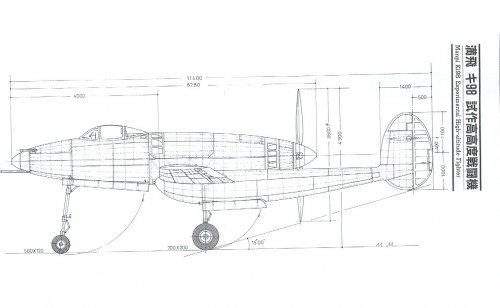 Manshu Ki-98.jpg121.3 KB · Views: 1,192
Manshu Ki-98.jpg121.3 KB · Views: 1,192 -
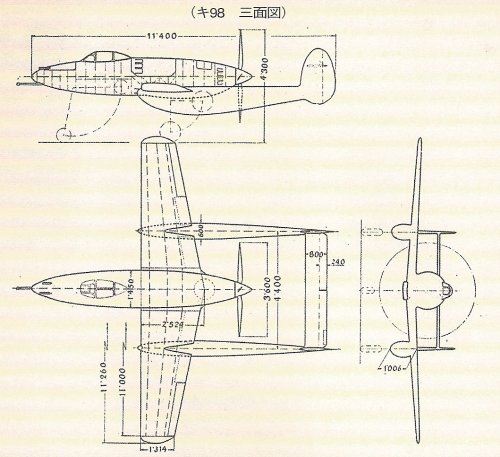 Ki-98 pic30002.jpg280.3 KB · Views: 274
Ki-98 pic30002.jpg280.3 KB · Views: 274 -
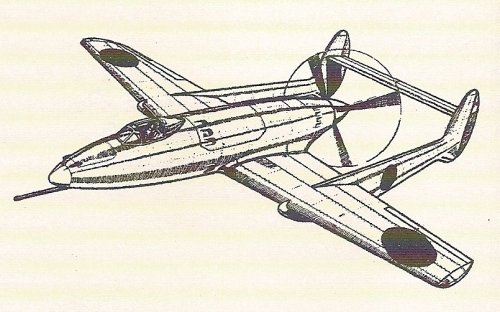 Ki-98 pic30001.jpg142.8 KB · Views: 212
Ki-98 pic30001.jpg142.8 KB · Views: 212 -
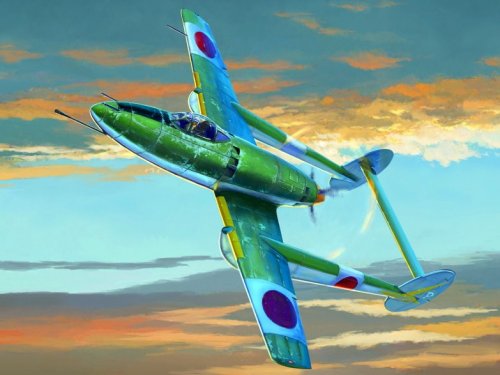 Ki-98.jpg95.4 KB · Views: 233
Ki-98.jpg95.4 KB · Views: 233 -
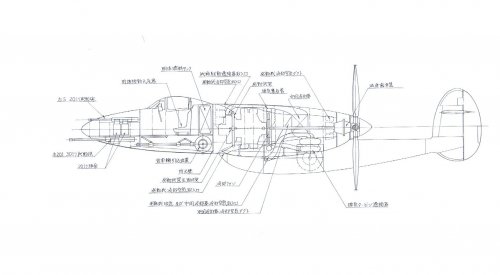 Manshu Ki-98 drawing2.jpg87.2 KB · Views: 868
Manshu Ki-98 drawing2.jpg87.2 KB · Views: 868 -
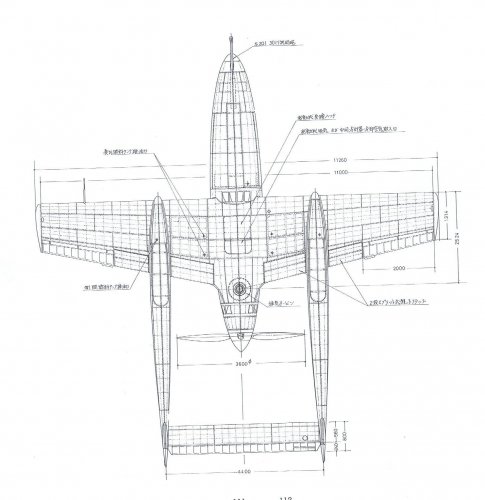 Manshu Ki-98 drawing4.jpg212.7 KB · Views: 931
Manshu Ki-98 drawing4.jpg212.7 KB · Views: 931 -
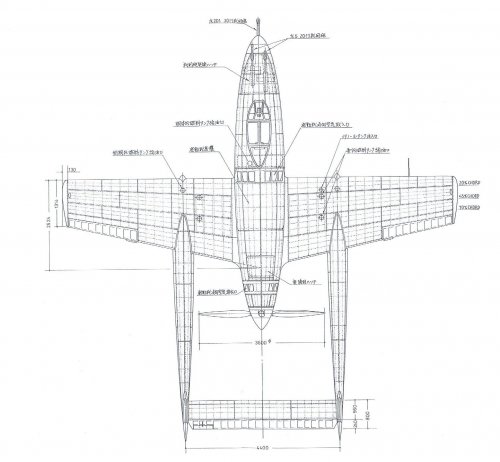 Manshu Ki-98 drawing3.jpg208.3 KB · Views: 992
Manshu Ki-98 drawing3.jpg208.3 KB · Views: 992 -
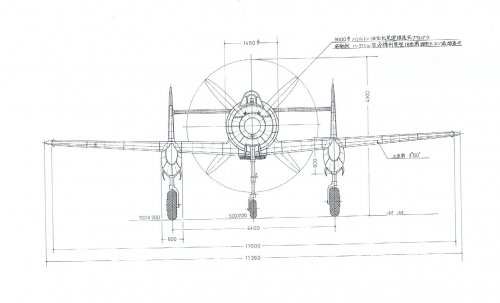 Manshu Ki-98 drawing5.jpg89.9 KB · Views: 1,056
Manshu Ki-98 drawing5.jpg89.9 KB · Views: 1,056
Last edited by a moderator:

